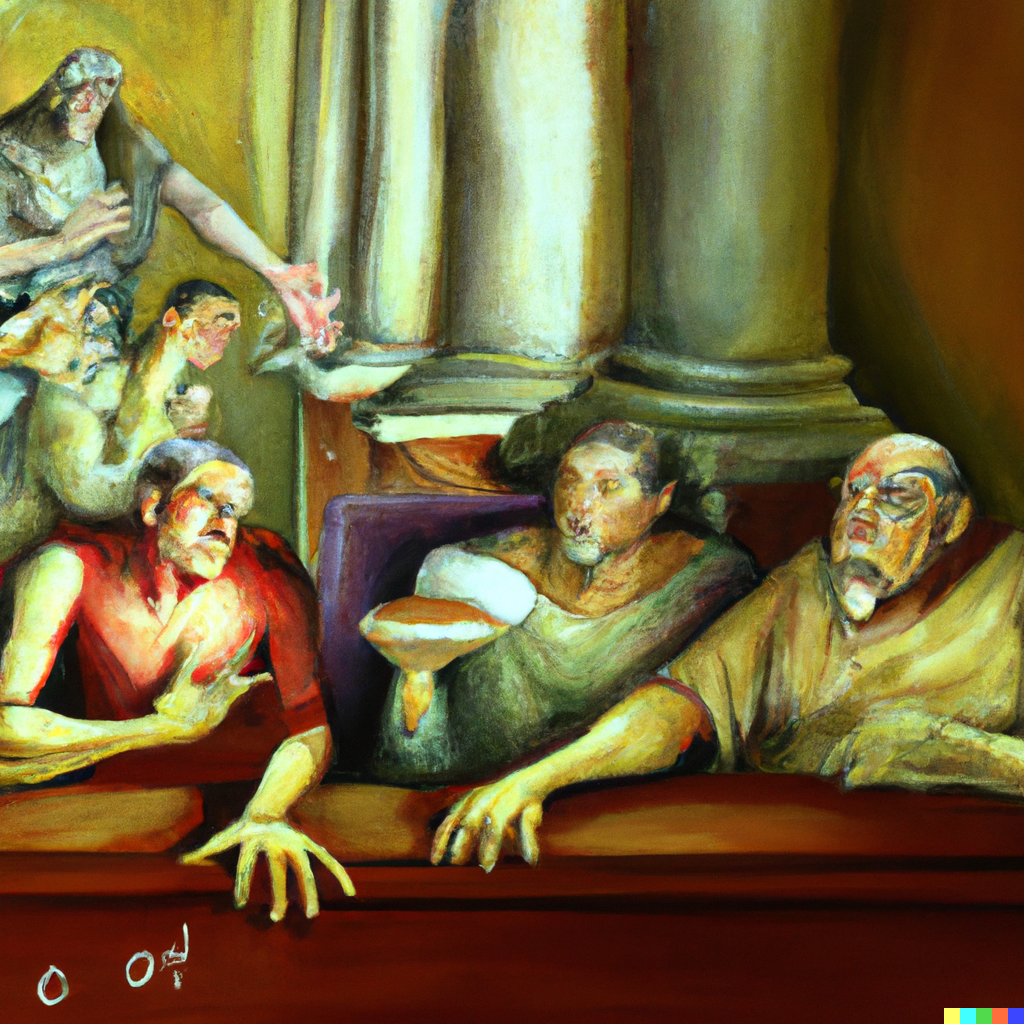
Background
In a recent legal battle, the Court of Appeal (CoA) delved into the question of whether taxpayers should be allowed to reverse a voluntary disposition of their assets, made as part of a tax avoidance scheme, on the grounds of mistake. The case, Bhaur and others v Equity First Trustees (Nevis) Ltd and others [2023] EWCA Civ 534, provided an opportunity for the CoA to explore the intricacies of this issue.
Mistake
Voluntary dispositions can be set aside if they were entered into mistakenly.
However, it is crucial to differentiate between mistakes, which can be rectified, and mispredictions, which cannot.
Mistakes pertain to the present or past circumstances at the time of entering into an arrangement, while mispredictions involve potential future events.
Nonetheless, the distinction between the two can often be nuanced.
To warrant court intervention, the mistake must be sufficiently serious to render it unjust or unconscionable for the recipient of the property to retain it.
Courts have taken into account whether the mistake relates to artificial tax avoidance schemes, which adds an additional layer of complexity to the analysis.
The Bhaur case
Some of these issues were considered in the case of Bhaur and others v Equity First Trustees (Nevis) Ltd and others [2023] EWCA Civ 53.
In Mr. and Mrs. Bhaur’ case, they established an employee benefit trust (EBT) for their family business based on tax planning advice. The advice was from a firm called Aston Court Chambers. A tax promoter who were involved in some fairly egregious schemes.
Their objective was to mitigate inheritance tax upon their demise.
The CoA determined, as a matter of fact, that the business did not require the EBT at the time of its establishment.
The company solely employed three Bhaur family members, who were not intended to benefit from the trust.
Later, non-family employees were hired based on advice that it would be beneficial for planning purposes, but no intention existed for them to benefit from the EBT.
Once HMRC initiated an investigation into the arrangements, the trustees sought to make payments to members of the Bhaur family, who strongly objected to receiving them.
Consequently, the trustees decided to wind up the trust and transfer its assets to the NSPCC.
Subsequently, the Bhaurs sought to reverse the original disposition of assets to the EBT.
However, the High Court dismissed their application last year, primarily on the grounds that the Bhaurs had miscalculated the consequences of the scheme’s failure rather than made a relevant mistake.
The CoA unanimously rejected the appeal but adopted a different approach from the High Court. While recognizing the blurred distinction between mistake and misprediction in this case, the CoA concluded that, even if a mistake had occurred, it would not be unjust or unconscionable for the EBT to retain the property.
In reaching this decision, the court deemed it relevant that the Bhaurs were aware of the risks involved in implementing the scheme but chose to proceed nonetheless.
Moreover, the court assigned “considerable weight” to the fact that the case involved “an entirely artificial tax avoidance scheme,” which it deemed a “social evil.”
Comment on Bhaur and mistake
This case serves as a compelling reminder of the principles underlying the equitable doctrine of mistake and highlights the challenges faced by taxpayers attempting to unwind tax avoidance arrangements that have not yielded the desired outcomes.
The challenges look even more acute where they have entered into egregious tax planning arrangements.
When it comes to tax dodgers, it appears the court will not ‘deliver them from evil’.
If you have any comments or queries about this article on Bhaur, mistake and tax avoidance, then please get in touch.
